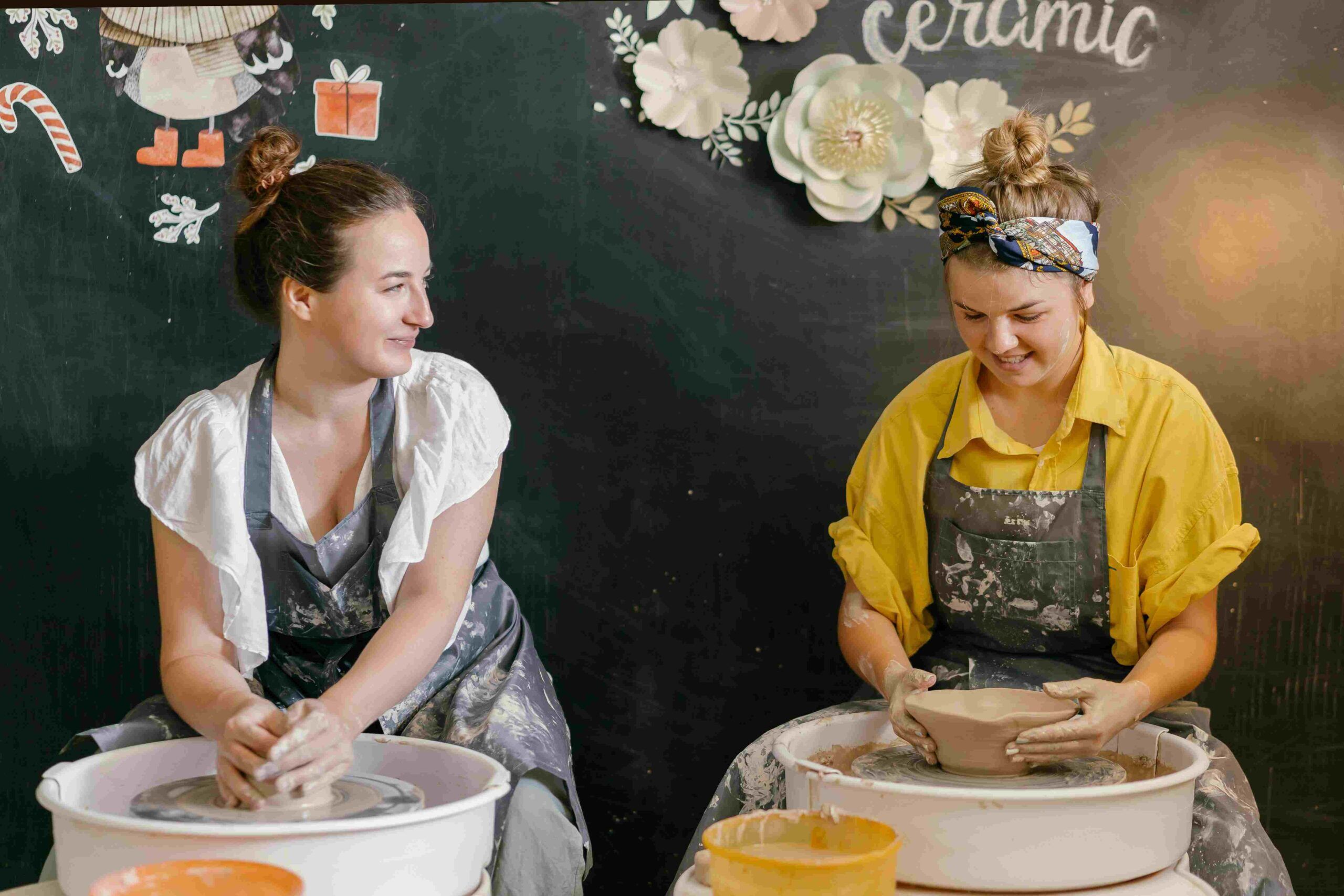
The Day I Learned Something New
Article Level: A2
Explanation: This article shares a personal story about trying pottery for the first time. It explores the challenges, lessons learned, and the joy of discovering patience and creativity. A reminder to embrace new experiences and step out of your comfort zone!
Read more: The Day I Learned Something New
Commonly Used Words from the Article
-
Patience /ˈpeɪʃəns/ (noun): The ability to wait or continue doing something without frustration.
Learning pottery requires a lot of patience.
-
Creativity /ˌkriːeɪˈtɪvɪti/ (noun): The use of imagination to create something new.
Pottery helped me explore my creativity.
-
Encourage /ɪnˈkʌrɪdʒ/ (verb): To give someone confidence or support.
The instructor encouraged me to keep trying.
-
Attempt /əˈtɛmpt/ (noun): An act of trying to do something.
My first attempt at pottery was messy.
-
Struggle /ˈstrʌɡl/ (verb): To try hard to do something difficult.
I struggled to centre the clay on the wheel.
Audio File of the Article

The Day I Learned Something New
It was a sunny Saturday morning when I discovered something that changed the way I see the world. My younger cousin, Lucy, had invited me to a pottery class. At first, I thought it would be boring, but I decided to go along to spend time with her. By the end of the day, I realised I had learned not just how to shape clay but also a valuable lesson about patience and creativity.
When we arrived, the instructor greeted us warmly and showed us the basics of pottery. The first step was to knead the clay to remove any air bubbles. It felt strange at first, but Lucy was much better than I was. I laughed at my awkwardness, but the instructor encouraged me to keep trying.
Next, we moved to the potter’s wheel. It looked easy when the instructor demonstrated, but when it was my turn, the clay spun wildly. I struggled to centre it, and my first attempt collapsed into a mess. Lucy giggled, but she also gave me some helpful advice. “Just take it slow and steady,” she said.
With practice and patience, I began to get the hang of it. By the end of the class, I had made a small but imperfect bowl. It wasn’t perfect, but it was my creation, and I felt proud. More importantly, I learned the value of trying something new. The experience taught me to step out of my comfort zone and not be afraid to fail.
Learning pottery reminded me that every expert was once a beginner. It also helped me understand that creativity comes in many forms. Now, every time I look at my little clay bowl, I smile, remembering the day I discovered a new skill and a deeper appreciation for patience.

Grammar Notes
Past Simple Tense: Used to describe completed actions in the past (e.g., “I discovered something that changed the way I see the world”).
Sequence Words: Words like “First,” “Next,” and “By the end” guide the reader through the story logically.
Modal Verbs: “Could” and “Would” indicate ability and future possibilities.
Direct Speech: Adds realism and interaction (e.g., “Just take it slow and steady,” she said).
Grammar Lesson: Using Sequence Words in Narratives
Sequence words like first, next, then, and finally help organise your story. They show the order of events clearly. Example: First, I arrived at the pottery class. Next, I learned to knead the clay.

Five Questions Based on the Article
-
-
What activity did the author try for the first time?
-
Who invited the author to the pottery class?
-
What was the first step in making pottery?
-
How did the author feel about their small clay bowl?
-
What important lesson did the author learn from the experience?
-

We’d love to hear your thoughts! Join the conversation by leaving a comment below. Sharing your insights, questions, or experiences can help you connect with others in our English learning community. It’s a great way to practice your English skills, engage with like-minded individuals, and improve together. Don’t be shy—jump in and let’s keep the discussion going!

 EnglishMasteryHub
EnglishMasteryHub